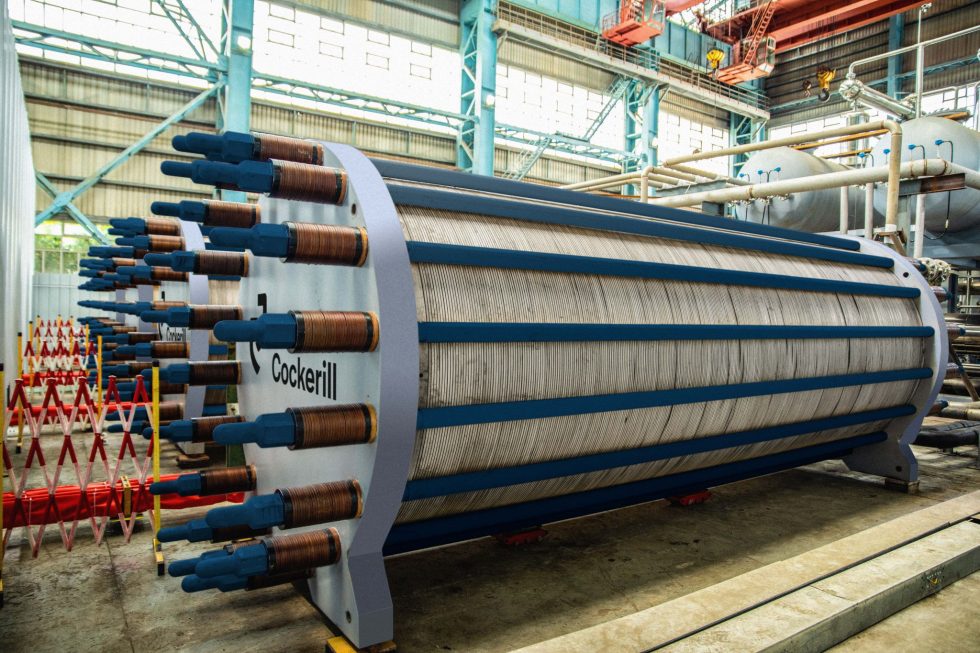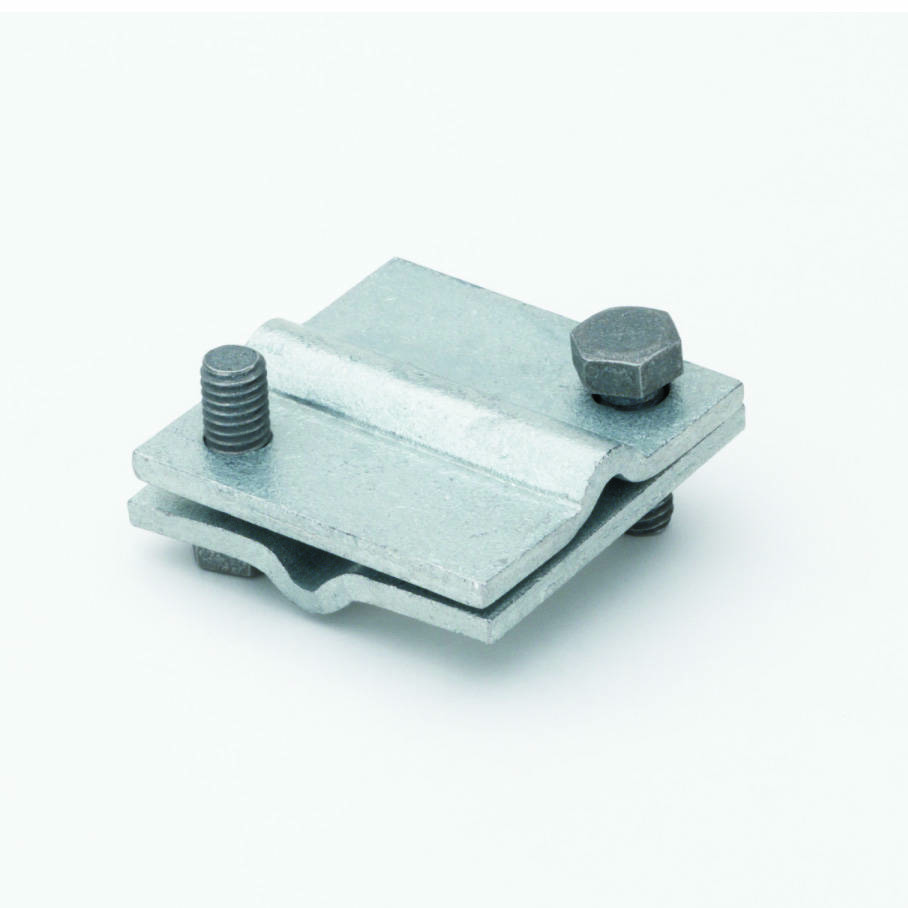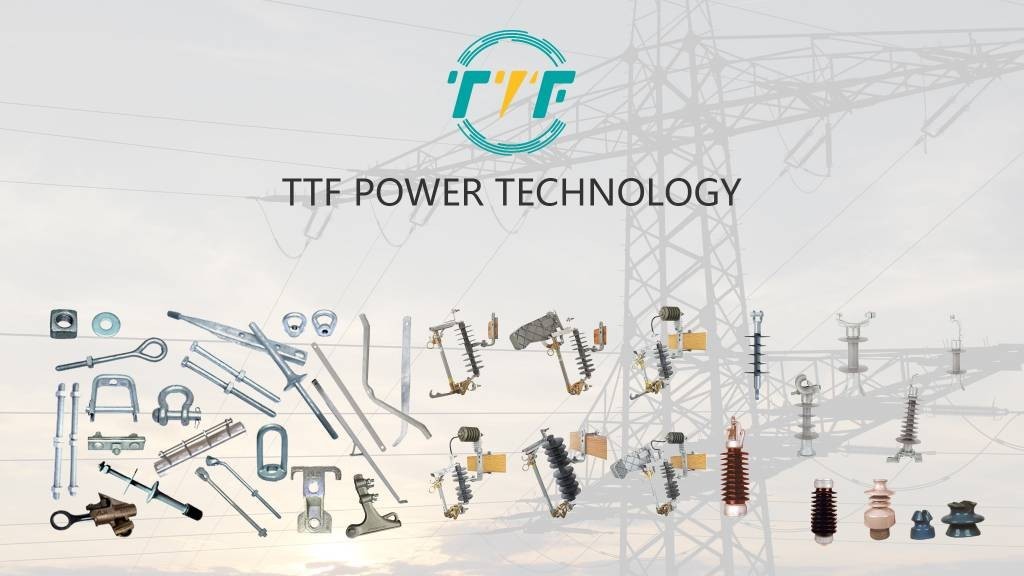
Chile is on the rise as a global green hydrogen producer, leveraging its abundant renewable energy resources. Corfo awarded $25.6 million in financing to three business conglomerates. Corfo is a Chilean economic development agency focused on fostering innovation, investment, and infrastructure development in Chile. This investment will allow the installation of green hydrogen plants in Chile. Electrolyzers are the key technology used to produce green hydrogen. They do so by splitting water into hydrogen and oxygen using renewable electricity. The development of the electrolyzer factories needs collaboration between international players and local manufacturing. The key players include Engie, AES, and Siemens Energy. Electrolyzer systems need crossover clamps to secure and stabilize electrical connections.
A crossover clamp is a mechanical component used in stabilizing industrial applications. They ensure the safe, efficient, and reliable operation of electrolyzer systems. Electrolyzer factories involve complex systems with many components. These include electrolyzer stacks, piping for water and hydrogen, and electrical connections. Crossover clamps secure and stabilize pipes, cables, and other components. They also prevent vibrations or movement that could lead to wear and tear or system failures. High-quality crossover clamps contribute to safety by preventing leaks in piping systems,. They also reduce the risk of electrical faults, and ensure all components remain in place.
Key barriers to developing electrolyzer factories
The development of electrolyzer factors in Chile faces various challenges that may limit success. It is crucial to address these issues to ensure the successful scaling of the green hydrogen industry. This is through investing in renewable energy and grid infrastructure, developing clear regulatory frameworks, promoting technology transfer, and addressing water scarcity. Key challenges include financing, environmental concerns, economic risks, policy framework, supply chain, technological gaps, renewable energy integration, and high initial costs.
The functions of crossover clamps in electrolyzer factory development
Crossover clamps help in securing, supporting, and maintaining electrical and structural connections in electrolyzer factories. These factories need complex piping, electrical conduits, and support structures. This is to ensure the efficient operation of hydrogen production systems. Crossover clamps provide mechanical stability, electrical continuity, and safety in green hydrogen facilities. Discussed below are the functions of a crossover clamp in electrolyzer factories.

- Securing power transmission systems—electrolyzer factories depend on high-voltage electrical systems to power the electrolysis process. The use of crossover clamps helps to support and organize power cables. They also ensure proper grounding, and prevent cable damage from vibrations.
- Supporting hydrogen and water pipelines—hydrogen production needs water supply lines, gas distribution pipelines, and cooling systems. Crossover clamps secure and align pipes to prevent stress. They also reduce vibrations and mechanical wear to prevent leaks.
- Enhancing factory scalability—Chile’s electrolyzer factories are designed for scalability to enable the addition of new electrolyzer units. Crossover clamps simplify the integration of new modules and support flexible infrastructure layouts. They also ease the installation of renewable energy connections.
- Safety and durability—crossover clamps help prevent structural failures, provide corrosion resistance, and enhance worker safety. This is crucial since the factories in Chile face high temperatures, strong winds, and corrosive environments. This is especially in the Atacama Desert and Patagonia regions.
Electrolyzer factories meeting energy demand in Chile’s energy sector
Developing electrolyzer factories in Chile is crucial in enhancing energy security, balancing renewable energy supply, and supporting industrial decarbonization. The facilities can help convert surplus renewable energy into green hydrogen to optimize Chile’s energy system. They can also help ensure stable, reliable, and clean energy availability across various sectors. Here is how the factories help meet energy demand in Chile.

- Stabilizing the energy grid—electrolyzers convert surplus electricity into hydrogen. It can be stored and used when demand is high. They also absorb excess electricity, prevent waste, and maximize renewable energy use. This helps to reduce grid congestion.
- Industrial decarbonization—Chile’s mining sector depends on fossil fuels for various processes. These includes trucks, machinery, and processing plants. Using hydrogen energy can replace diesel in mining trucks and natural gas in processing operations.
- Strengthening energy security—locally produced hydrogen from electrolyzer factories replace fossil fuel imports and improve energy independence. Also, electrolyzer factories scale up hydrogen production. This helps Chile tap into the growing demand for green hydrogen.
- Enabling energy resilience—hydrogen can be stored for long and converted back to electricity during peak demand. The use of smaller electrolyzer facilities can provide localized energy storage. This is crucial to reduce reliance on diesel generation in off-grid areas. This promotes clean rural electrification.